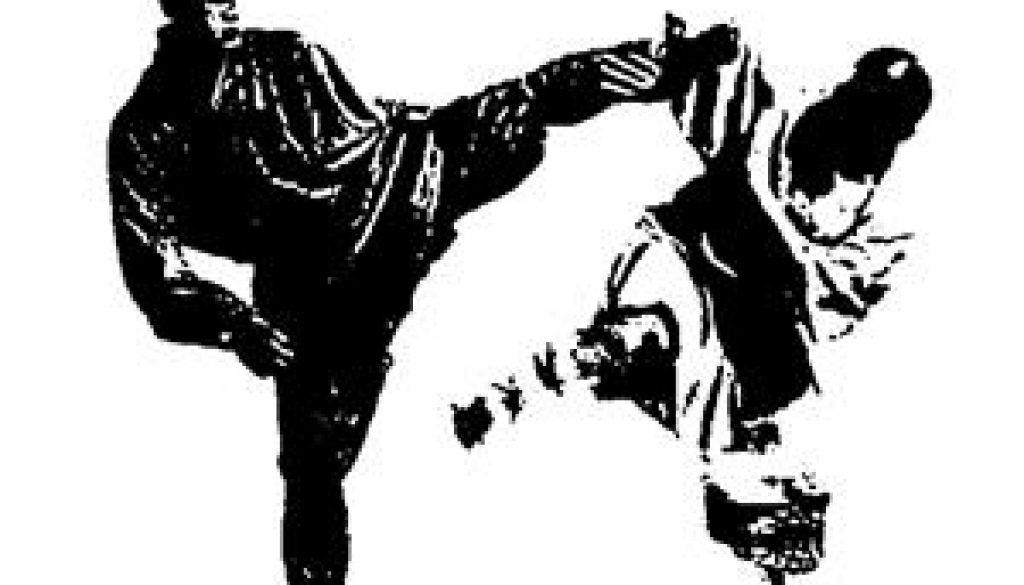How to follow the opponent’s rhythm: an exercise
Manage the fighting rhythm in relation to that of our opponents is one of the fundamental keys to prevail in any fight. During each type of combat, the body of the contenders continuously passes from positions favorable to the defense / attack to positions “unfavorable” (in relation to the one of the others):
- Distance
- Dislocation of the weight
- Location of the limbs
- Tension/ bending of the limbs
- Speed, acceleration, deceleration
- …
All of these factors as in a skilled warrior, as in an ordinary person are handled instinctively but, as for novices this happens in almost randomly, for a real martial artist everything (90%) is handled according to strict orders dictated by his mental conditioning.
Before we learn to master the rhythm of a fight, however, we must teach our brain to activate the right attitudes in order to “follow” our adversaries and not to be slaves of them.
An exercise (seemingly) simple and very effective is to use music and dance; as it may seem unusual to the novices, it is easy to verify that those who are not able to follow the harmonious development of the music, hardly will ever adapt to the movements of an experienced fighter.
So here’s how:
- Let’s choose some songs that we like, but of different types of music
- Let’s choose different track from each other, with wide variations in speed and sustained rythm
- We must not perform any known dance, we “only” have to follow the beat
- Let’s start the music and let’s move our bodies freely, widely
- Let’s get in front of a large mirror and let’s try to avoid any kind of unbalanced uncouthness
- Let’s avoid any type of clumsiness (this is also a good psychological exercise)
- The dancing time must be quite long (at least 20 minutes, up to 4 hours)
- Let’s do not give up until our movements do not describe the music
- The goal is to synchronize our body at the current music’s pace perfectly
- We have to use the whole body, from the abdominal to phalanx, from head to toe (etc.)
- Let’s move extensively in all directions, let’s perform rotations of any kind
- We must use symmetry, coordination, simultaneous actions, consecutive and interconnected motions
- We must unleash our imagination, draw in the air and dancing intensively
- It is not permitted any interruption during the exercise (let’s temporary change speed if we are tired)
- Let’s stop only when the quality drops dramatically
Important notes:
- The fact that we are adopting music to train our ability to adapt to the pace, however, should not deceive us, it is only an exercise
- The dance has a lot in common with the fight but it has also many differences (the release of the power, sudden changes in intensity, clumsy changes of direction, deceptive movements, etc.)
- We like to dance but we use this method of learning in a measured way, let’s turn away from us the idea of replacing the dance with the martial movement
In the next article of this series we will see other ways of relating ourselves to the pace of the bout.
Author: Master Kongling
Founder of 6 Dragons Kung Fu.
How to master 6 Dragons Kung Fu?
Are you searching for:
- Daily training exercises?
- Synthetic theory and concepts?
- A step by step path from white to black belt?
- A path (clear, consequential and gradual) designed to build real martial skills?
- A direct contact with Master Kongling?
Go to our Patreon page and choose a training plan: starting from the Practitioner level, you will gain access to all this and much more.
Inside each Premium Lesson, you will receive the same teaching (practices, tips, concepts, small secrets and corrections) reserved to the live students of Master Kongling.
Important - Once a certain number of registrations are reached, no other participants can be accepted. For more information write to: [email protected].










October 16, 2018 @ 12:49 am
How to choose the right music?
October 20, 2018 @ 7:30 am
You can read this article:
https://www.6dragonskungfu.com/workout-music-how-when-why/